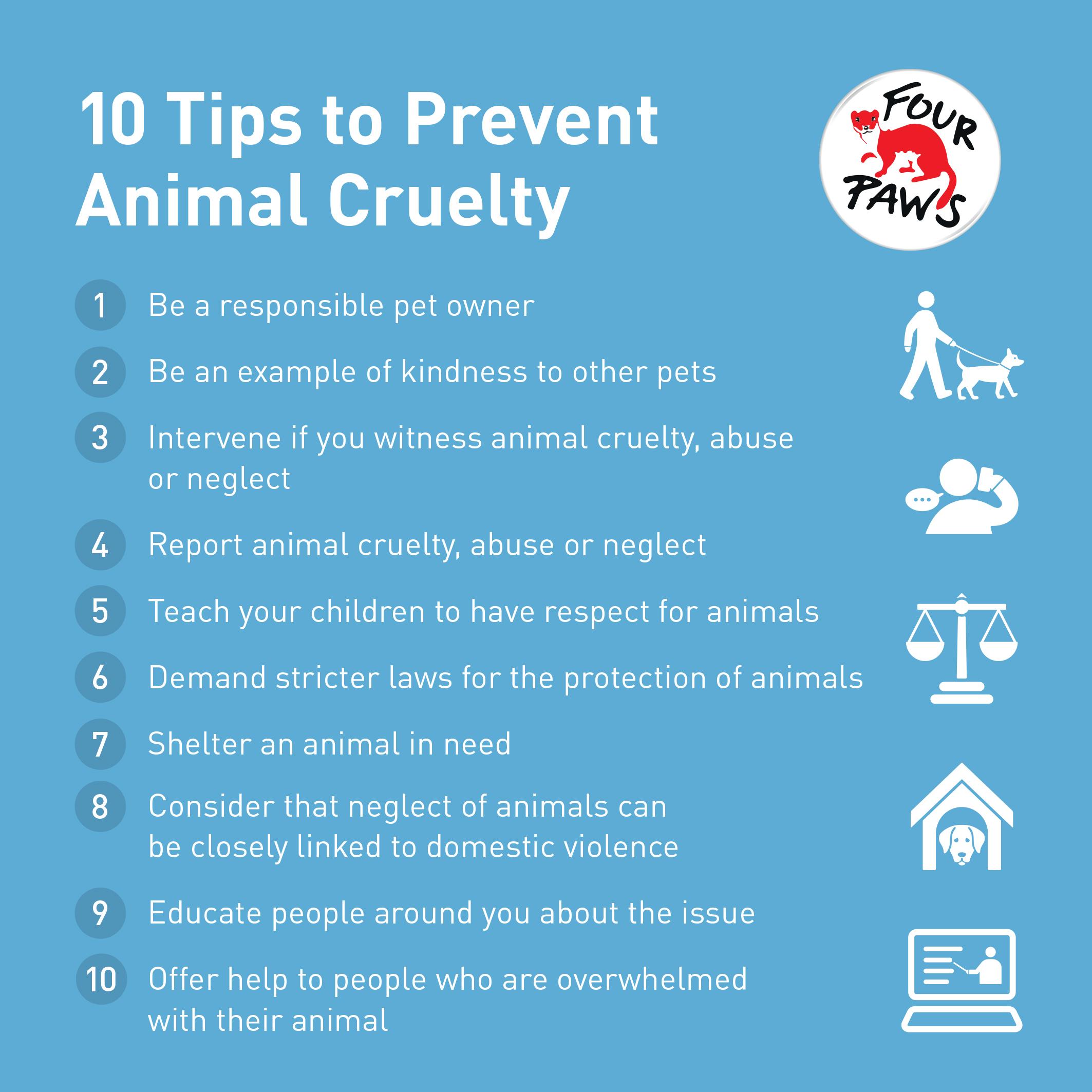Animal cruelty is an abhorrent reality that permeates societies across the globe, creating a complex tapestry of suffering that merits earnest scrutiny. Understanding the multifaceted nature of this issue is crucial in empowering individuals to effectuate meaningful change. This exploration delves into how to stop animal cruelty by dissecting the cycle of violence and elucidating pathways to liberation for our voiceless companions.
The cycle of violence is a term often used to describe a perpetuating pattern of abuse that is both cyclical and systemic. In the context of animal cruelty, it encompasses not just overt acts of violence against animals, but also the subtler, insidious forms of neglect and exploitation. This cycle typically begins with desensitization, where individuals who witness or commit acts of cruelty become numb to the suffering inflicted upon those without a voice. Thus begins the gradual erosion of empathy, leading to more egregious acts of violence.
To truly address the issue, one must first comprehend the underlying motivations for such behavior. Societal factors, such as socio-economic status, cultural norms, and even familial history, can all contribute to the normalization of violence. In communities where violence is prevalent, both against humans and animals, the boundaries of acceptable behavior can become dangerously blurred. Consequently, the devaluation of animal life may reflect an overarching desensitization towards all forms of suffering.
Educating oneself and others is fundamental in breaking this cycle. Awareness campaigns, educational programs in schools, and community initiatives can illuminate the realities of animal suffering. By enlightening individuals on the impacts of cruelty, it is possible to rekindle a sense of compassion that often lies dormant. Instilling empathy in the younger generation is especially crucial; when children understand the intrinsic value of all living beings, they are less likely to perpetuate cycles of violence in adulthood.
A pivotal step in halting animal cruelty involves advocating for stronger legal protections. Many regions still lack stringent animal welfare laws, leaving countless creatures vulnerable to abuse. Petitions, lobbying for reform, and supporting local animal welfare organizations can serve as catalysts for legislative change. Advocacy is a powerful tool; enlisting the voices of those who care for animal welfare can garner attention and mobilize efforts from policymakers, ultimately leading to updated statutes that reflect a compassionate societal ethos.
Equally important is addressing the systemic failures that contribute to animal cruelty. Overpopulation is a rampant issue, often leading to neglect and abandonment. Spay and neuter programs are imperative in controlling the overpopulation crisis and ensuring that shelters are not overwhelmed. Additionally, fostering adoption over purchasing pets from breeders can mitigate the plight of countless animals languishing in shelters. The message must be clear: every animal deserves a loving home, and compassion should triumph over convenience.
Moreover, individuals must confront their own complicity in consumer choices that perpetuate cruelty. Many industries, from fashion to food, profit at the expense of animal welfare. Research into cruelty-free products and ethical consumption is no longer an option but a responsibility. Opting for cruelty-free brands and vegetarian or vegan diets, when possible, can collectively diminish the demand for products that inflict suffering on animals. Such choices resonate far beyond the individual; they shift market dynamics and compel companies to reconsider their practices.
Furthermore, the media plays a pivotal role in shaping perceptions of animal cruelty. Sensationalized portrayals can desensitize audiences or, conversely, galvanize them into action. Utilizing social media platforms to highlight injustices and spread awareness can create a ripple effect, prompting others to join the fight against cruelty. Documentaries, photographs, and narratives that depict the stark realities faced by animals invoke empathy and mobilize action, demonstrating how the power of storytelling can be harnessed for change.
To dismantle the roots of animal cruelty, community involvement is paramount. Volunteer opportunities at local shelters or animal rescue organizations provide hands-on experience and instill a sense of responsibility. Community-based initiatives that foster the human-animal bond can bridge gaps of understanding and promote a culture of care. By engaging in activities that focus on compassion, individuals can break down the barriers erected by ignorance and apathy.
In recognizing the signs of animal cruelty, individuals are empowered to act. Reporting suspected cases to local authorities or animal control helps intervene before a situation escalates. Being vigilant and advocating for those who cannot voice their suffering is a moral obligation shared by all. People must understand that the silence surrounding cruelty is an endorsement of it. Letting go of complacency is essential; one must actively advocate for justice, not just for animals but for the collective moral fabric of society.
The question remains: how can one embrace a more profound role in halting this cycle of cruelty? The answer lies in a commitment to foster awareness, advocate for change, and cultivate a genuine respect for all forms of life. To stop animal cruelty requires a comprehensive approach that integrates compassionate education, systemic reform, ethical consumerism, and community involvement. Through understanding the cycle of violence, one can promise a shift in perspective, ultimately fostering a world where animals are treated with the dignity and respect they inherently deserve.
The journey towards ending animal cruelty is arduous yet necessary. With a concerted effort, society can break the cycle of violence and create an environment where all beings coexist in harmony. Together, through informed and compassionate actions, we can ignite a movement that reverberates through generations, changing lives and advocating for those who cannot advocate for themselves.








